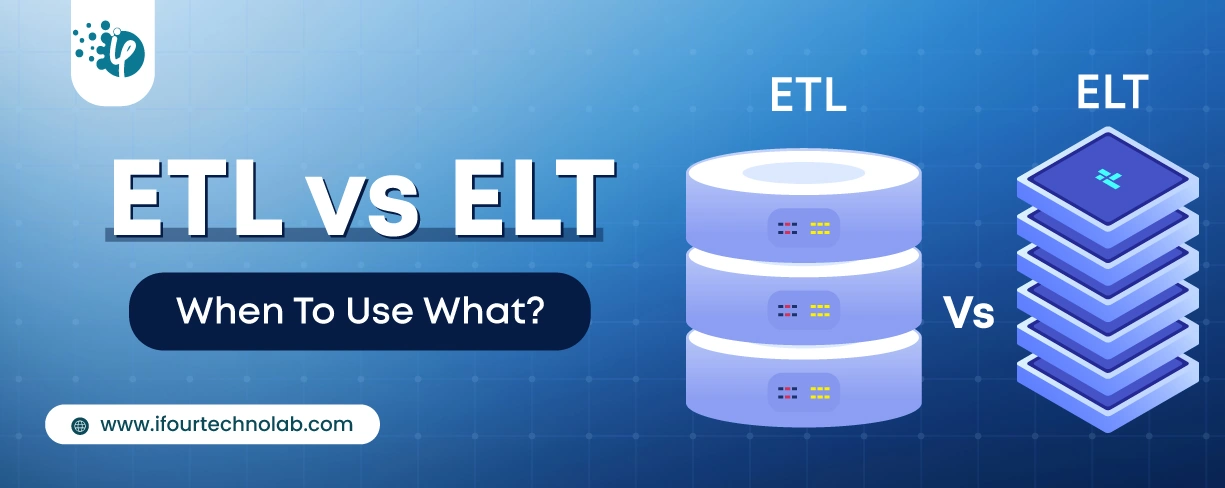To attract visitors and keep them interested, websites and web apps must have an outstanding user interface and offer a smooth experience. However, they also require robust backend support to prove this. Many backend technologies are available, including Laravel, Rails, Django, and Node. Using these frameworks to build the backend boosts efficiency and ensures a consistent workflow.
The back end of any website is the part of the application that the user does not see or access. Even though it is not visible to the user, the back-end handles many of the major functions of Web applications. It typically consists of servers, databases, APIs, and other components that allow the front-end components of an application to function seamlessly.
Django and Node.js are dynamic technologies to build web apps and mobile apps with client-side frameworks.
Both Node.js and Django are open-source frameworks. Both of these have large community support that helps developers. Let us take a quick look at Node.js and Django frameworks.





















